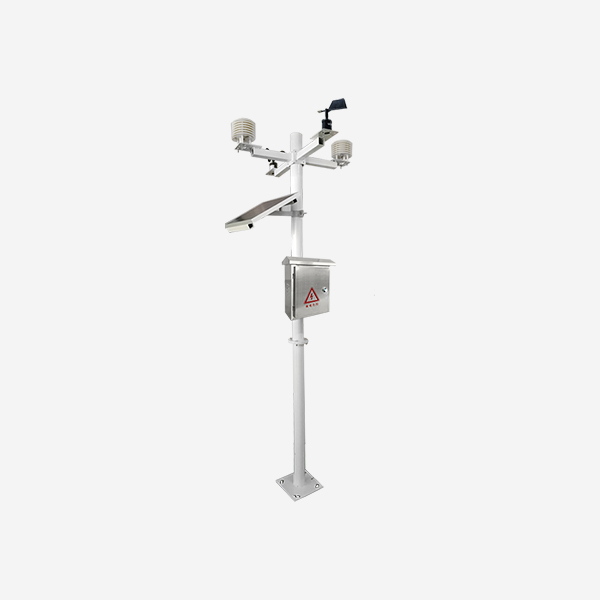Weather station device
A weather station device is a device used for measuring meteorological data such as temperature, humidity, air pressure, wind speed, and direction. It is one of the key tools for acquiring accurate meteorological data, and it has become increasingly popular in recent years due to its affordability and versatility.
The usual component of a weather station
including a thermometer, hygrometer, barometer, anemometer, and wind vane. The thermometer measures ambient air temperature, while the hygrometer measures relative humidity. The barometer measures atmospheric pressure, and the anemometer measures wind speed and direction. The wind vane indicates the direction of wind flow.
In addition to these core components, some weather stations may include additional sensors such as rain gauges, solar radiation sensors, UV sensors, and lightning detectors, depending on their intended use. More advanced weather station devices may also connect to the internet or local networks, allowing users to access real-time data from remote locations.
function of a weather station device
The primary function of a weather station device is to measure various meteorological parameters, which can then be analyzed and interpreted to generate forecasts and weather reports. The data collected by a weather station can help farmers and gardeners manage crops effectively, alert emergency services to potential natural disasters, enable construction workers and outdoor event planners to prepare accordingly, and provide valuable data for scientific research.

Weather stations are particularly useful for monitoring changing weather conditions in real-time. This can help businesses and individuals make informed decisions about outdoor activities, transportation, and travel. For example, airlines use meteorological data gathered by weather stations to monitor flight weather conditions and plot safe flight paths.
One of the main benefits of using a weather station is that it provides more detailed and accurate data than relying solely on national weather reports. National weather reports often cover large geographical areas and may not account for specific local conditions. By contrast, a weather station can be placed in a specific location to take measurements unique to that area. This enables users to make more informed decisions about how to manage crops and plan outdoor activities.
Another advantage of using a weather station is that it allows users to track weather-related trends over time. As data from the weather station accumulates, users can detect patterns and use them to identify long-term trends. For instance, consistent high wind speeds in an area might suggest a natural disaster risk or inform the selection of appropriate roofing materials.

Weather stations are becoming increasingly affordable and user-friendly, making them accessible to both businesses and individuals. Many weather station devices now feature wireless technology, allowing easy transmission of meteorological data to smartphones, computers or directly to the cloud. Further, with the advent of artificial intelligence and machine learning technologies, weather stations could soon become proactive warning these devices of certain dangerous weather phenomena.
In conclusion, weather station devices represent important tools for acquiring accurate meterological data. They provide valuable information about temperature, humidity, air pressure, wind speed and direction, and much more, which can be used to generate forecasts and weather reports, alert emergency services to potential natural disasters, enable construction workers and outdoor event planners to prepare accordingly, and provide valuable data for scientific research. With the increasing affordability and versatility of modern weather station technologies, they have become powerful tools for any individual or organization seeking to stay up-to-date with changing weather conditions.
